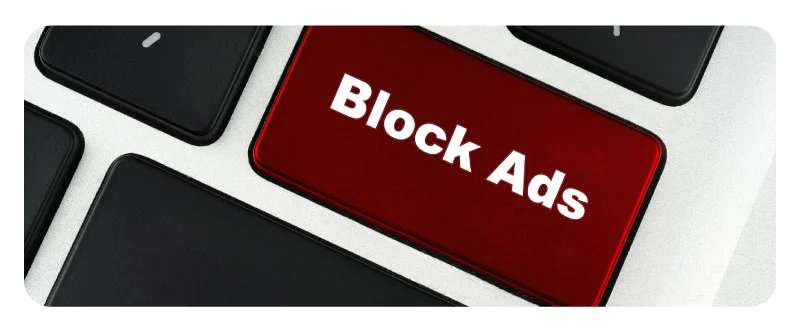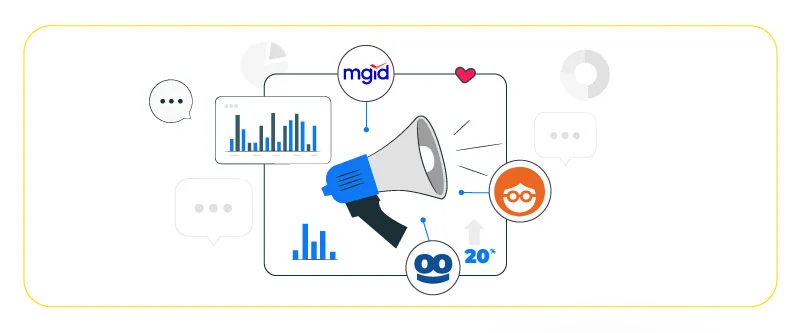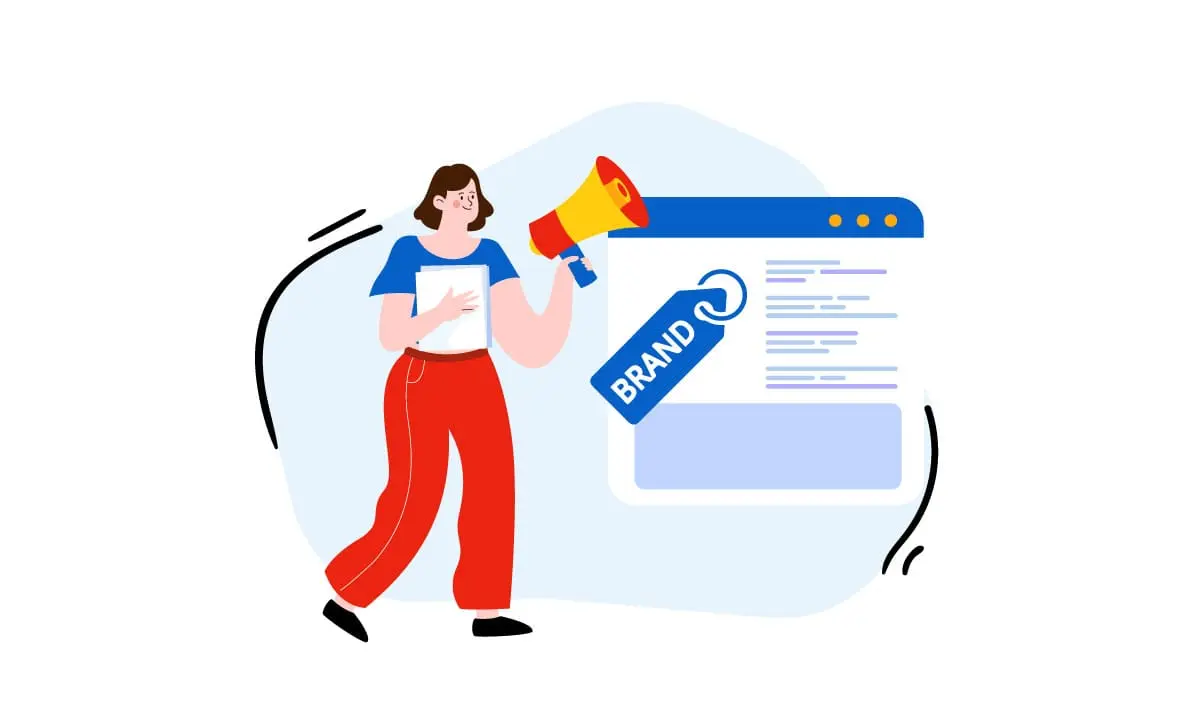Native advertising is one of the most popular ad formats in the marketing industry today, gaining traction as it effectively promotes businesses without disrupting the user experience. In a world where people are constantly bombarded with various types of ads, especially in the digital space, native advertising stands out by blending seamlessly into content, making it less intrusive and more engaging.

Businesses and advertisers are constantly looking for new advertising opportunities to maximize their exposure and reach more consumers to increase their revenue. From a business point of view, this makes a lot of sense; The more ad spots and formats you have available, the more chances you have the get in front of your intended audience and find customers. But in from the consumer’s point of view, this means that more and more intrusive ads are going to disrupt their online experience. Native advertising greatly resolves this issue by providing a lower-profile promotion method that focuses on adding value to users. However, much like any other ad format, there are different ways to increase the efficiency of native ads and generate better results. Let’s go through native advertising best practices to find out how you could boost the performance of your campaigns.
Native advertising; A great solution to a major problem
Let’s face it. We are floating in an ocean of advertisements both in the real world and in the digital landscape. Wherever you look, you see ads. From the street billboards on your way to work and the magazines and newspapers you read, to your favorite mobile game and social media app. While brand promotion and marketing is a must for any business, the overwhelming number of ads has resulted in a very big issue for the advertising world that could deal great damage to businesses of any kind, and that is ad fatigue and blindness.

Simply put, ad fatigue is a phenomenon that’s caused by overexposure to ads for a period of time. It’s a state of disinterest that people experience when seeing the same over and over again. It can also occur, or get worse, if the ad is not relevant to consumer who sees it or contain false claims and information. While being too exposed to ads of any kind can result in ad fatigue, those that are more disruptive in nature induce ad fatigue much faster (like pop-up ads). Many consumers resort to actively blocking ads from interrupting their experience by using ad blockers. In many cases, consumers develop some sort of immunity and blindness to ads, meaning they automatically ignore them regardless of how frequently they appear or how intrusive they are.
Now, what is native advertising and how does it tackle this problem? Native advertising resolves this issue by blending in the surrounding content and approaching consumers in a non-intrusive way. By mimicking the form and style of the content it is placed within, native advertising can help to resolve the issue of ad fatigue and blindness. Native ads avoid drawing negative attention to themselves to reduce ad fatigue, as the audience is less likely to experience annoyance or frustration with the ad. It’s a non-disruptive format that improves user experience and generates trust by actually adding value to consumers.
Native advertising is the better choice
Native advertising is generally considered to perform better than traditional display ads, such as banner ads, in terms of engagement and effectiveness. Here are a few key factors that contribute to the superior performance of native ads:
- Relevance: Native ads are typically more relevant to the user, as they are designed to match the look and feel of the content surrounding them and to align with the user’s interests and needs. This can result in higher levels of engagement and a more positive user experience.
- User Experience: Native ads are less intrusive than traditional display ads, as they are designed to blend in with the content rather than stand out. This can result in a more seamless and enjoyable user experience, and a lower likelihood of users ignoring or blocking the ads.

- Brand Awareness: Native ads can be an effective way to build brand awareness, as they offer the opportunity for brands to reach their target audiences in a more organic and engaging way.
- Performance Metrics: Native ads can be tracked and measured more effectively than traditional display ads, as they can be integrated with the publisher’s analytics tools and provide more comprehensive data on performance metrics such as click-through rates, engagement rates, and conversions.
- Cost-effectiveness: Native ads can be more cost-effective than other ad formats, as they typically offer a better return on investment and are more likely to drive meaningful business results.
However, it is important to note that the performance of native ads can vary widely depending on factors such as the target audience, the type of ad, the platform or website it appears on, and the quality of the creative. Studies have shown that native ads tend to have higher CTRs and engagement rates compared to traditional display ads. According to a 2020 study by AdRoll, native ads had an average CTR of 0.45%, compared to a CTR of 0.1% for display ads. Another study by Sharethrough found that native ads had an engagement rate that was 53% higher than that of display ads. It is important to note that these are just averages and your results may vary. It is always recommended to test different ad formats and follow the best practices of native advertising to ensure your native campaigns generate the best possible results.
How to maximize the performance of native campaigns
The following are some of the well-proven tactics for creating optimal native advertising campaigns:
Relevance
Make sure your native ad is relevant to your target audience and the content they are viewing. The more relevant the ad is, the higher the chances of engagement. Keep in mind that ad’s relevance to the audience is one of most important reason of ad fatigue.

Content quality
The content of your native ad should be high-quality and provide value to the audience. Poor quality content can hurt your brand and negatively impact engagement. Give top priority to your audience while creating native and try to entertain them or help them solve a problem. Taking advantage of a competent native ad spy tool is a great way to get inspiration from the best native instances in your niche. Also, avoid creating clickbaits at all costs. It’ll badly hurt your brand image and might even cause the hosting platform to reject your ads.
Brand consistency
Ensure that your native ad aligns with your brand image and messaging. This can help build trust and recognition with your target audience. It’s best to follow this practice at both visual identity and brand tone levels.
Placement
Choose a placement that makes sense for your ad and target audience. Consider the type of content and user behavior on the platform.
Optimization
Continuously test and optimize your native ad campaigns to improve their performance. Track key metrics such as click-through rate, engagement rate, and conversion rate to measure success and make informed decisions.
Conclusion
Native advertising is an effective solution to the problematic phenomenon of ad fatigue and blindness. It seamlessly blends in with the surrounding environment in order to have minimum negative impact on user experience. By following these best practices, you can create effective and engaging native advertising campaigns that drive results and achieve your marketing goals.
FAQs
What makes a good native ad?
A good native ad is relevant, valuable, and non-intrusive to the target audience. It blends in with the surrounding content and provides a seamless user experience while still delivering its message effectively. A good native ad should also be visually appealing, well-designed, and in line with the tone and style of the content it is placed within.
How do you optimize native advertising?
Make sure you target the right audience for your campaigns based on their interests and demographics. Your ad should be relevant to viewers and use high-quality creative assets. You should continuously test different combinations of targeting properties, placements, creatives, and copy to find the one that best resonates with your audience.
What are some best practices for creating effective native advertising campaigns?
Best practices for creating effective native advertising campaigns include: targeting the right audience, ensuring relevance, creating high-quality content, choosing the right placement, continuous testing and optimization, and being transparent and compliant with advertising guidelines.







 Facebook Ads Spy Tool
Facebook Ads Spy Tool TikTok Ads Spy Tool
TikTok Ads Spy Tool
2 thoughts on “Native Advertising Best Practices And Tips To Maximize Impact”
hey there! This article on native advertising is spot on. As a marketer, I can definitely relate to the importance of making ads feel seamless and non-invasive to the user. Can’t wait to try out some of these best practices and tips to maximize impact in my next campaign! Thanks for sharing.
Hi Liam!
Thank you for your comment. I appreciate your feedback and support for this article on native advertising best practices and tips. I believe that following best practices and tips for native advertising is crucial for maximizing the impact of your campaigns and achieving your desired goals. I hope that this information is helpful for you in your marketing endeavors.